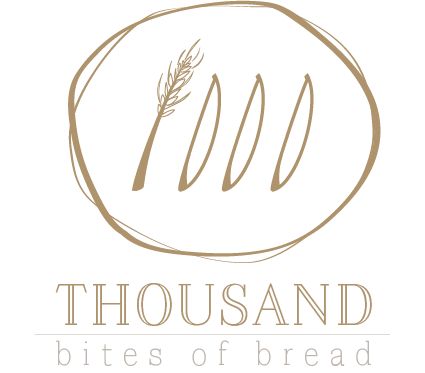Hello Friends,
There is a little mill not far from me that I’ve heard about for years. It was built in 1887 and runs on the power of water passing through a huge turbine. No grid electricity; just the force of gravity and the weight of water. Impressive, to say the least. Although this is not technically a working mill, per se, it does work. Really well. I asked the volunteer if we could run the mill, and I was geered up to wait for a half hour while he got it all going. “Sure!” he answered in swift delight. “Turn that handle over there.” In an instant, the whole room was thrumming and moving its belts and gears. If you have the chance to visit, it’s Ceder Creek Grist Mill.
Here’s what’s on the menu this month:
Mama Bread
This month’s Mama bread is inspired by my visit to Ceder Creek Grist Mill (above). During my visit, the volunteer milled up some corn meal for me and I’m using this in a multi-grain mama bread. I’m combining organic spelt from Camas Country Mill in Springfield, Oregon with a bit of the above mentioned corn and some trial barley from the Barley World project.
Buttermilk Triticale Loaves
One of my favorite weekly rituals is getting milk and cream from a local farm. I churn the cream into butter (this sounds much fancier than it actually is since I use the Cuisinart to basically zap it), which leaves me with a batch of true buttermilk. The next day, I’ve been taking to the habit of making bread with this delightful ingredient. I love the pairing of buttermilk and rye, but I just got a little triticale, so I’m going to try that instead. If you don’t know what triticale is, I’ve often heard it referred to as a cross between rye and wheat. In these loaves, I use a backbone of white wheat grown by Bluebird Grain Farms and add a bit of triticale from Moon Family Farms in Washington.
Seedy Sandwich Loaves
The sandwich bread this month is made with a mixture of organic sifted Edison and sifted Rouge de Bordeaux, both from Camas Country Mill. To these loaves, I’m adding a bit of malted barley flour from Carolina Ground in North Carolina. The barley adds a hint of cereal sweetness and boosts the browning capabilities. For a twist, I decided to add seeds to the mixture this month: organic flax, organic poppy, and a hint of fennel.
100% Einkorn Loaf
Einkorn is the most ancient wheat that we still cultivate. It’s genetically different than modern wheat because it reflects the time when wheat had a simpler DNA profile. It has a buttery color and a savory flavor with mineral overtones. I’m using grains from Bluebird and milling them at home on my Komo. This bread is a pan loaf and it’s superb as toast dripping with butter and a shaving of parmesan cheese.
I am happy to share any of my formulas with you if you reach out. I hope whatever you are baking is inspiring your day!
With delight and gratitude,

Other news from the world of grain:
-Since none of us can go out now, plus we could all use a good laugh, here is a goofy bread-related video to hopefully bring a smile to your face while you remember that we’ll all get out so lightheartedly again.
-Understanding the history of wheat and how it relates to current science can be confusing. Here is an article that explains how scientists have cracked more of wheat’s genome (pardon the pun), and it also gives a clear account of how to understand it all in layman’s terms. I found it quite useful and if you want to nerd out on this stuff
-Have you seen Michael Kealty’s work about how to taste bread? If not, check it out here. I really enjoy how he outlines the ways we taste the flavor and aroma components of bread.
– My class is temporarily unavailable because of the Covid Health Crisis, but I’ll be back at it ASAP. For information about taking my class through AirBnB, go here.
